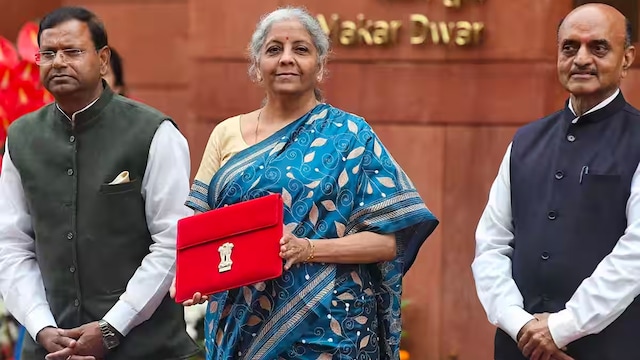In India’s interim budget for 2024-2025, the Ministry of Finance, led by Minister Nirmala Sitharaman, India will get a modified programme for the development of semiconductors and display manufacturing ecosystem.
In a strong indication to semiconductor and display manufacturers all over the world, the Indian government has sent out a strong message, reiterating its commitment to facilitate a budding semiconductor and display manufacturing ecosystem.
While the scheme received a budget of Rs 3000 crore last year, in 2024, the scheme sees an increase of more than 100 per cent. This year, the budget allocated to the scheme stands at Rs 6903 crore.
Furthermore, India’s PLI, or Production Linked Incentive scheme sees an increase from Rs 4645 crore to Rs 6200 crore.
Major players in the industry, as well as trade analysts, were expecting a substantial increase in budget.
In recent years, China has solidified its status as a global powerhouse in chip manufacturing, strategically investing in an extensive ecosystem to support ancillary units.
The intricacies of chip production involve a complex value chain, and achieving self-reliance in this industry demands equal attention to the ancillary and components sectors. Although smaller in scale than chip manufacturing units, these ancillary industries provide a stable foundation for the entire chip ecosystem.
Addressing the challenges, experts emphasize the need for the Indian government to consistently support the establishment of a robust ecosystem. This ongoing effort involves key elements such as identification, ideation, stakeholder consultation, curation, and implementation.
The focus extends to components, design, and the creation of fabless entities, incorporating the chemical industry, infrastructure development, logistics, and other sectors to synergize and gain a competitive advantage.
Establishing a well-rounded ecosystem for ancillary and component industries is seen as a strategic move to reduce dependence on imports for chip manufacturing units in India. This shift aligns with the government’s larger vision for achieving self-sufficiency in the chip industry.
India’s initial concentration on chip design, leveraging its advantage in the availability of design engineers, assembly, testing, marking, and packaging (ATMP), as well as outsourcing semiconductor assembly and testing (OSAT), sets the stage for further developments.
The potential for establishing large chip manufacturing factories is highlighted, emphasizing the importance of a well-established ecosystem encompassing wafers, speciality chemicals, gases, and materials. As India navigates its journey towards chip self-reliance, the focus on building a comprehensive ecosystem remains integral to its strategic goals.
Link to article –





